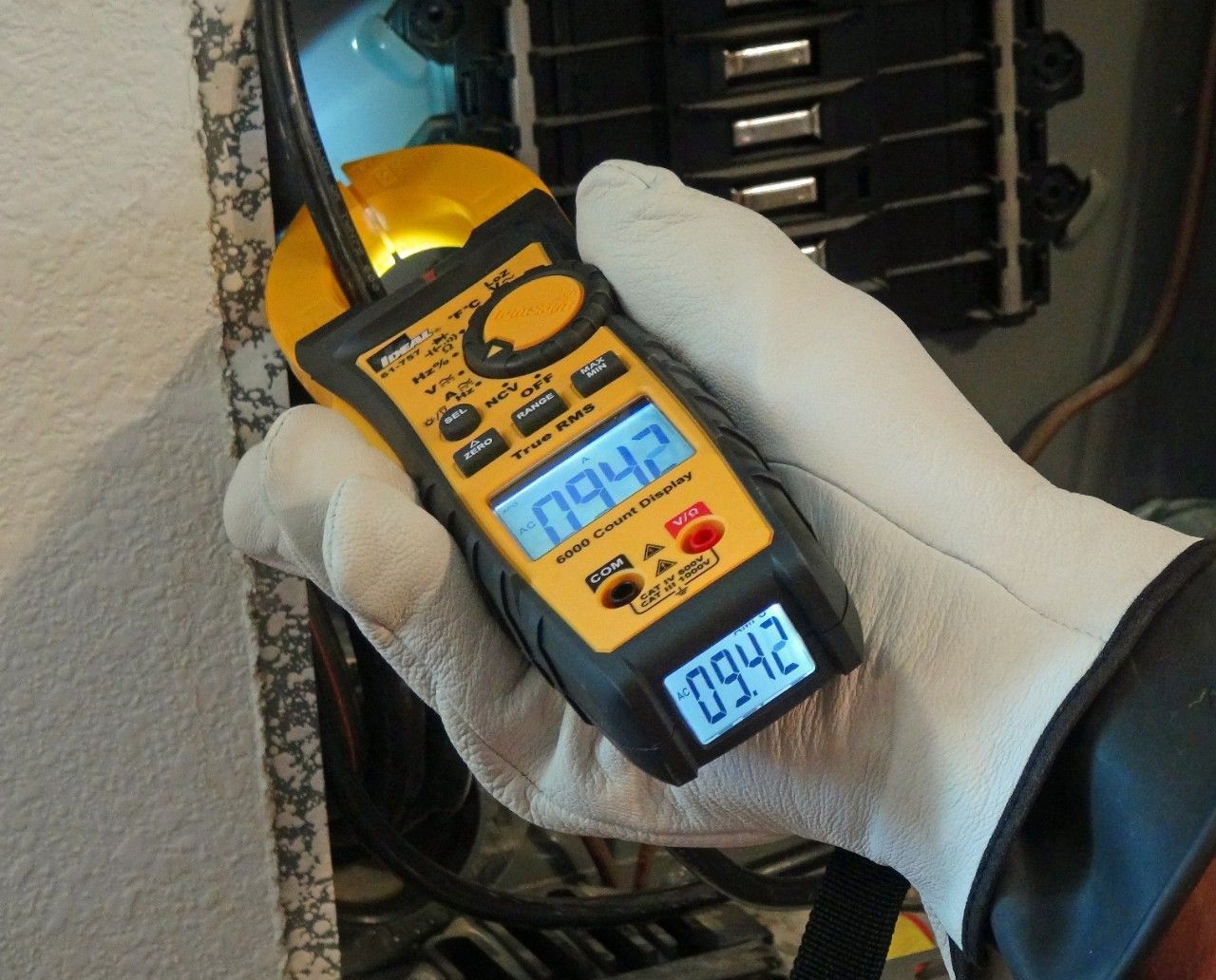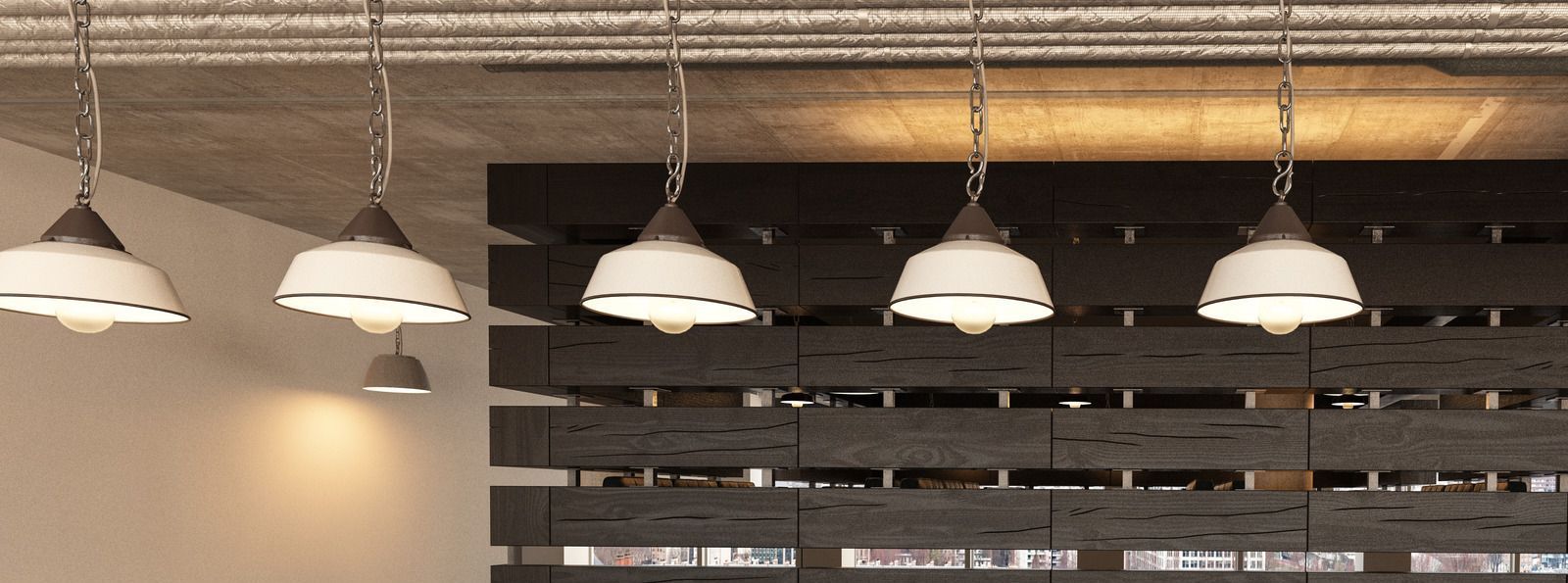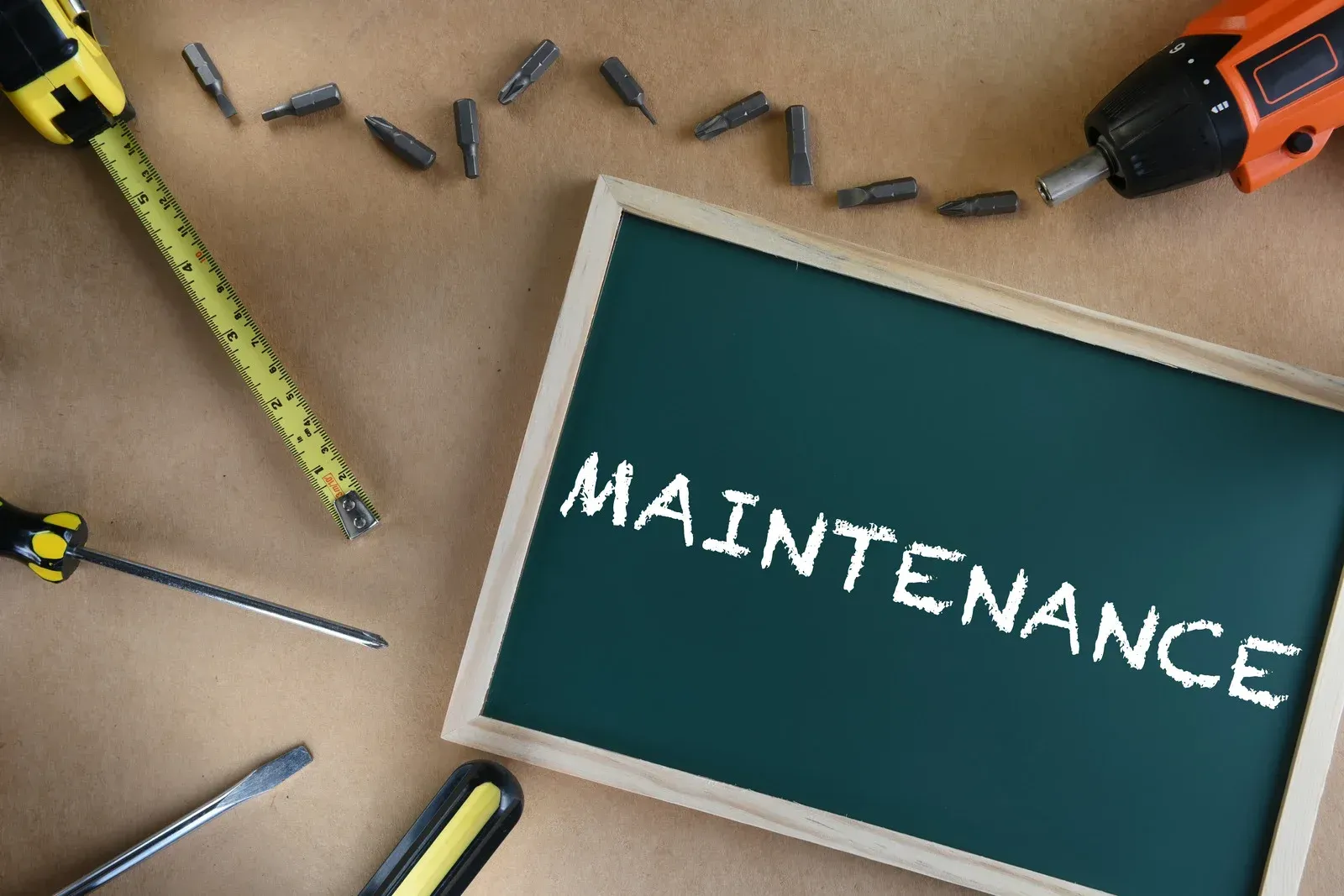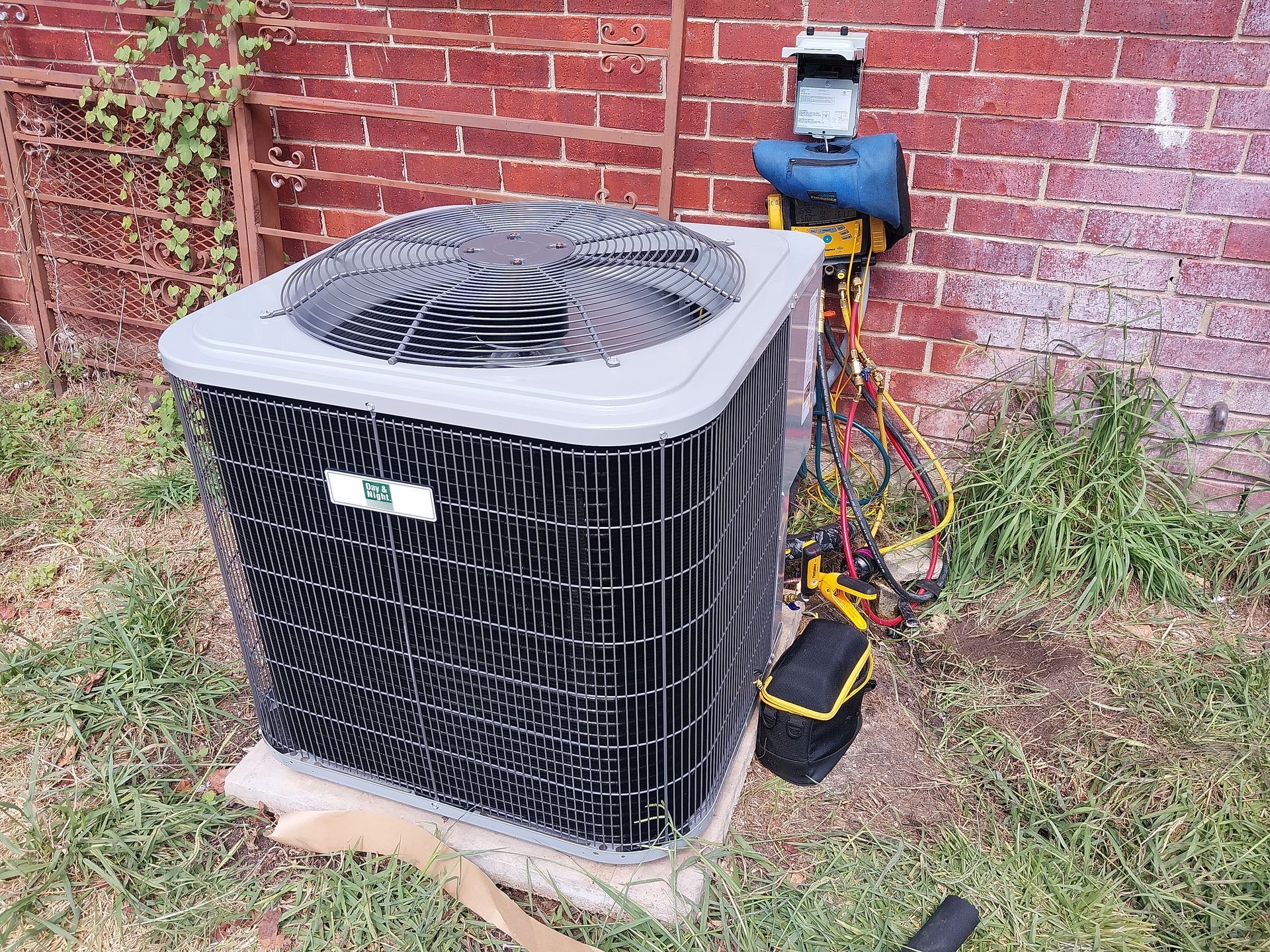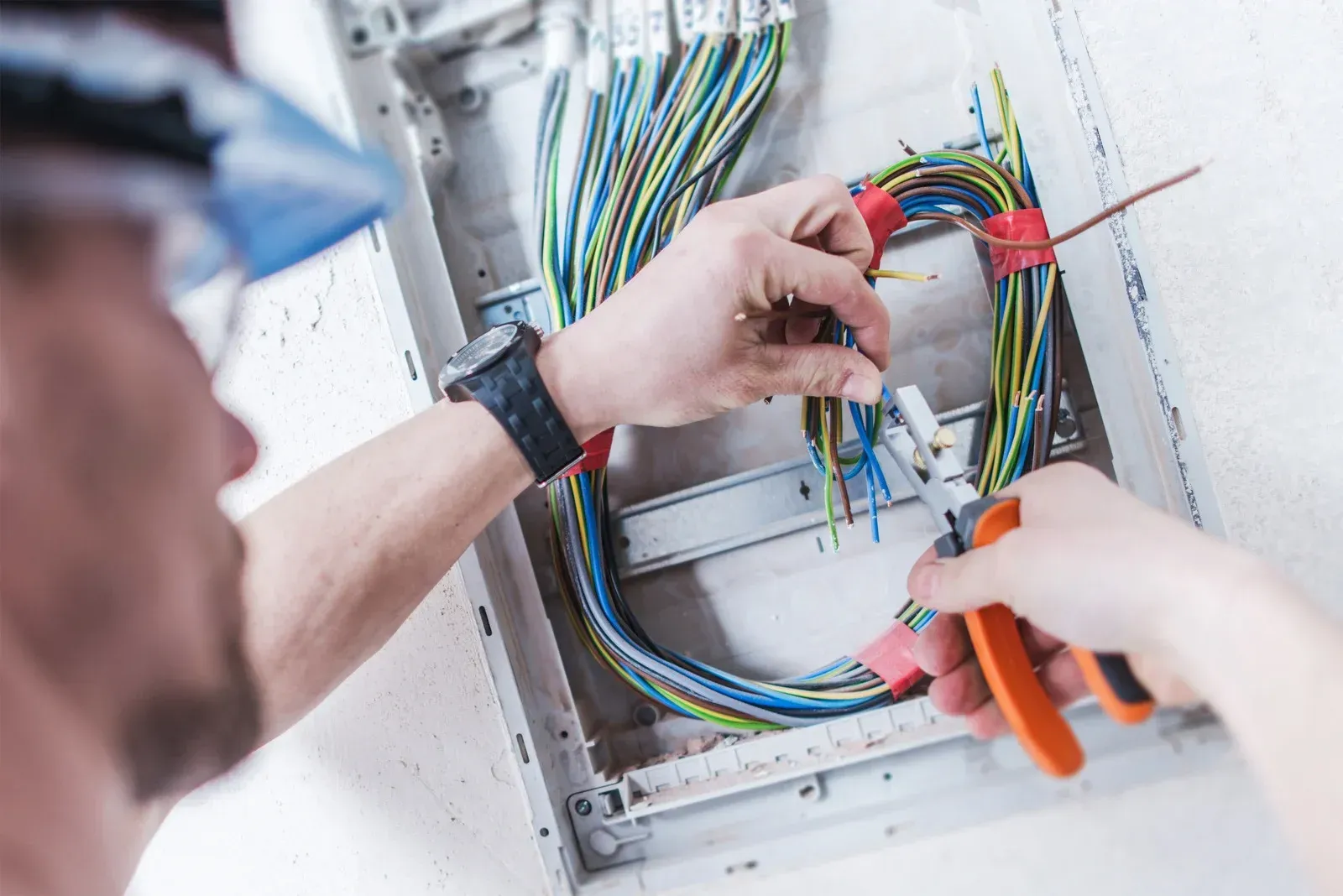Signs that Your HVAC System Needs Repair or Replacement
A well-functioning HVAC system keeps indoor spaces comfortable throughout the year. Over time, these systems experience wear and tear, leading to decreased performance. Identifying early warning signs can prevent costly repairs or sudden failures. Paying attention to these indicators helps maintain comfort and energy efficiency. The following points highlight key signals suggesting your system might need professional attention.
1. Strange Noises from the Equipment
Unusual sounds such as rattling, banging, or whistling often indicate mechanical issues or loose parts. Such noises can also result from airflow blockages. Professional inspection resolves these problems and prevents further damage to essential components. Delaying repairs may cause small issues to escalate into costly replacements, making it essential to act quickly.
2. Temperature Imbalances Across Rooms
Inconsistent heating or cooling suggests the system struggles to distribute air evenly. Clogged filters, duct leaks, or worn-out motors typically cause uneven temperatures. Resolving airflow issues improves comfort throughout the space. Consistent temperatures also help reduce stress on the HVAC system, extending its overall lifespan.
3. Energy Costs Increasing Unexpectedly
Noticeable jumps in utility bills, without a corresponding increase in usage, often point to inefficiency. Systems working harder due to worn parts or poor maintenance consume excess energy. Diagnosing and addressing these inefficiencies restores optimal performance. Ignoring rising costs could lead to long-term financial strain, making timely action critical.
4. Frequent Breakdowns or Repairs
Repeated malfunctions or service calls signal aging equipment. Repairing an old or failing system often costs more than replacing it. Newer systems deliver improved efficiency and reliability, making them a worthwhile investment. Regular failures can also disrupt daily life, adding unnecessary stress.
5. Weak or Interrupted Airflow
Poor airflow from vents commonly results from ductwork problems, malfunctioning fans, or clogged filters. Insufficient circulation impacts comfort and reduces system effectiveness. Timely repairs restore proper air movement and comfort. Maintaining good airflow also provides healthier indoor air, benefiting occupants.
6. Unpleasant Smells from the System
Foul odors, such as burning or musty scents, indicate electrical problems or mold growth. Addressing these issues quickly prevents safety risks and maintains clean air indoors. Ignoring such signs can lead to more significant health concerns. Persistent smells often signal deeper problems requiring professional attention.
7. System Age Exceeding a Decade
Units older than 10–15 years often lose efficiency and require frequent maintenance. Aging systems may fail to meet current standards for energy savings and environmental safety. Replacing outdated equipment provides better comfort and reduced costs over time. Newer systems also offer advanced features that enhance convenience and performance.
8. Humidity Levels Remaining High Indoors
Excessive moisture indoors despite system operation signifies an ineffective cooling process. Resolving this problem protects against mold growth and improves overall air quality. Proper equipment function keeps humidity levels in check. Excess humidity can also damage furniture and walls if left unchecked.
9. Unexpected Shutdowns or Delays
Sudden failures or inconsistent operation signal internal damage. Delaying action can escalate minor problems into major breakdowns. Immediate attention from professionals restores reliability and prevents further inconvenience. Regular system checks identify hidden issues before they cause complete failures.
Recognizing these warning signs helps reduce the risk of costly repairs or system failure. Regular maintenance minimizes wear, but replacement may be necessary for older units. Contact a professional for a detailed assessment if you detect any of these problems. A proactive approach maintains comfort and protects long-term investment in your HVAC system.

